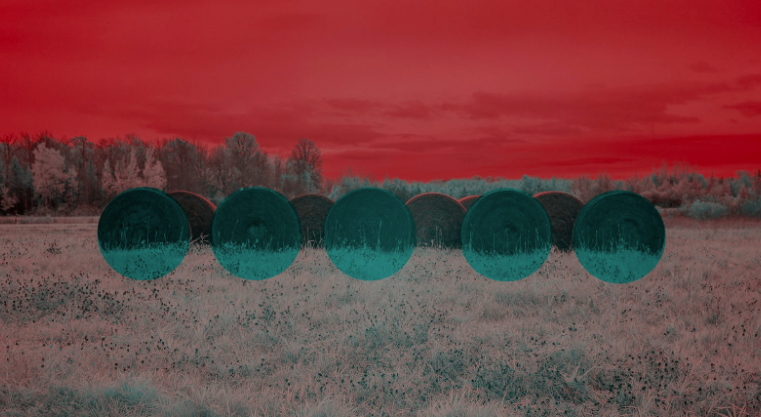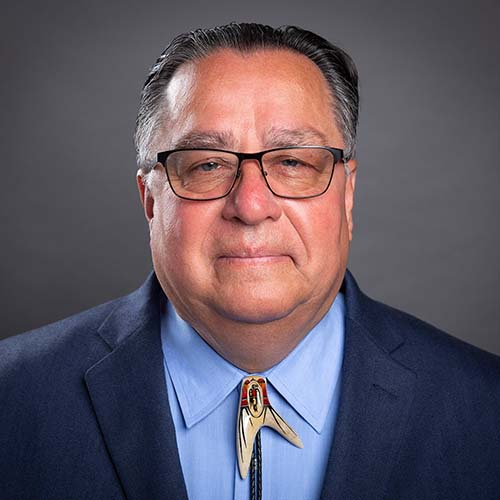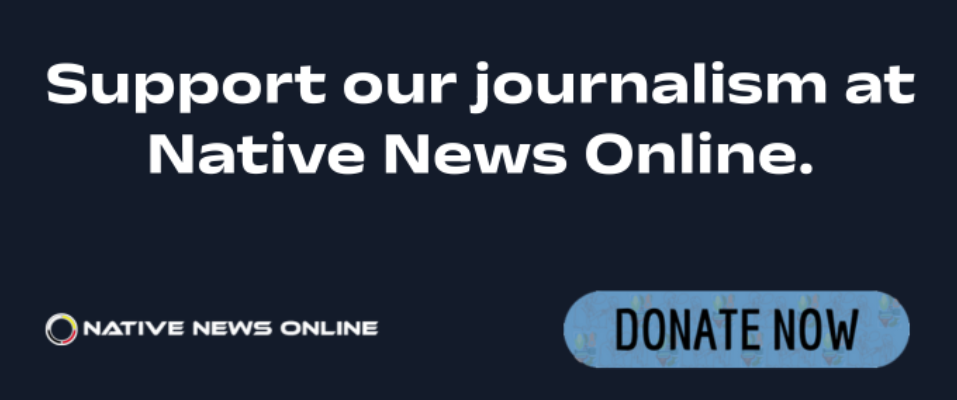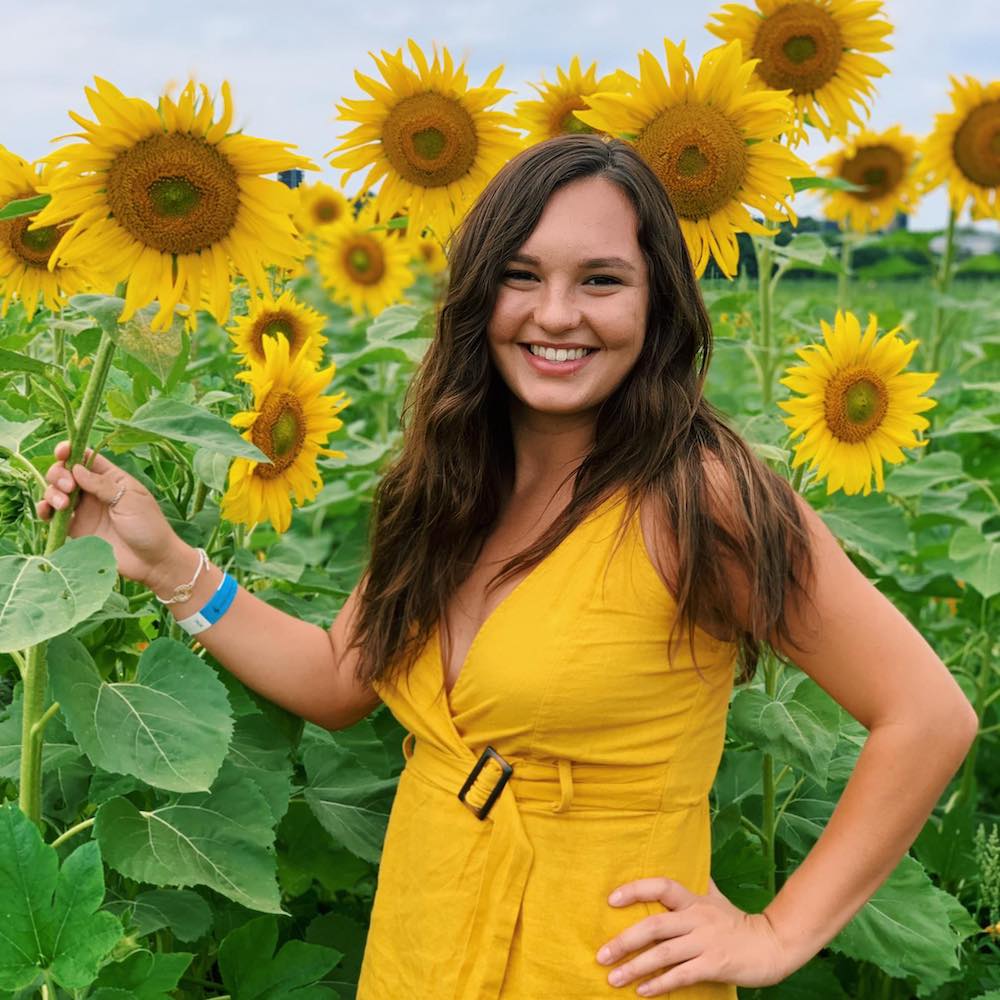
- Details
- By Kaili Berg
For the first time in over three decades, the Detroit Institute of Arts (DIA) is hosting an exhibition of Native American art — one of the largest showings of its kind in the Midwest.
Opening September 28, Contemporary Anishinaabe Art: A Continuation will bring together more than 90 works from more than 60 Anishinaabe artists across the Great Lakes region.
Running through April 5, 2026, visitors can expect a wide range of media, beadwork, birchbark, painting, sculpture, fashion, jewelry, photography, film, and more.
Dr. Denene De Quintal, the DIA's assistant curator of Native American art, conceived the exhibition with guidance and collaboration from an advisory board consisting of Ojibwe, Odawa, and Potawatomi artists.
“This exhibition has been a collaborative process that could not have happened without the trust, guidance, and generous sharing of knowledge from our Anishinaabe advisory board and the artists themselves,” De Quintal said in a statement. “We have worked together to ensure that this exhibition represents the diversity and dynamism of contemporary Anishinaabe art while honoring the cultural traditions from which these works originate. What emerges is not just an art exhibition, but a testament to the creativity, and continuing presence of the Anishinaabe people.”
Themes of water protection, generational knowledge, and ancestral connection run throughout the exhibition, with symbols like the Thunderbird reinterpreted through a contemporary lens. Galleries are also presented in both English and Anishinaabemowin.
Featured artists include respected names like Jim Denomie, Monica Rickert-Bolter, Jason Quigno, George Morrison, and Kelly Church, alongside emerging voices such as ishkwaazhe Shane McSauby, Summer Yahbay, and Monica Jo Raphael. In total, the exhibit features artists from 21 different Anishinaabe tribal nations.
A full-length, illustrated catalogue published by Yale University Press will accompany the exhibition, with essays by leading Native scholars including Matthew L. M. Fletcher, Dr. Christopher T. Green, Dr. Kendra Greendeer, and Dr. Shawnya Harris.
The book reflects on how Anishinaabe art challenges mainstream definitions of Indigenous and contemporary art, while amplifying voices that have long been excluded from dominant museum narratives.
Contemporary Anishinaabe Art: A Continuation is free with museum admission and open to all. Admission is always free for residents of Macomb, Oakland and Wayne counties.
Editor's Note: This story has been updated to include the correct closing date of the exhibition as April 5 and a statement from the curator of the exhibition, Dr. Denene De Quintal.
More Stories Like This
Zuni Youth Enrichment Project Takes Top Emerging Artist Apprentices to Phoenix for Artistic Exploration and Cultural ImmersionFrom Dishwasher to Award-Winning Chef: Laguna Pueblo's Josh Aragon Serves Up Albuquerque's Best Green Chile Stew
Rob Reiner's Final Work as Producer Appears to Address MMIP Crisis
Vision Maker Media Honors MacDonald Siblings With 2025 Frank Blythe Award
First Tribally Owned Gallery in Tulsa Debuts ‘Mvskokvlke: Road of Strength’
Help us defend tribal sovereignty.
At Native News Online, our mission is rooted in telling the stories that strengthen sovereignty and uplift Indigenous voices — not just at year’s end, but every single day.
Because of your generosity last year, we were able to keep our reporters on the ground in tribal communities, at national gatherings and in the halls of Congress — covering the issues that matter most to Indian Country: sovereignty, culture, education, health and economic opportunity.
That support sustained us through a tough year in 2025. Now, as we look to the year ahead, we need your help right now to ensure warrior journalism remains strong — reporting that defends tribal sovereignty, amplifies Native truth, and holds power accountable.
 The stakes couldn't be higher. Your support keeps Native voices heard, Native stories told and Native sovereignty defended.
The stakes couldn't be higher. Your support keeps Native voices heard, Native stories told and Native sovereignty defended.
Stand with Warrior Journalism today.
Levi Rickert (Potawatomi), Editor & Publisher


